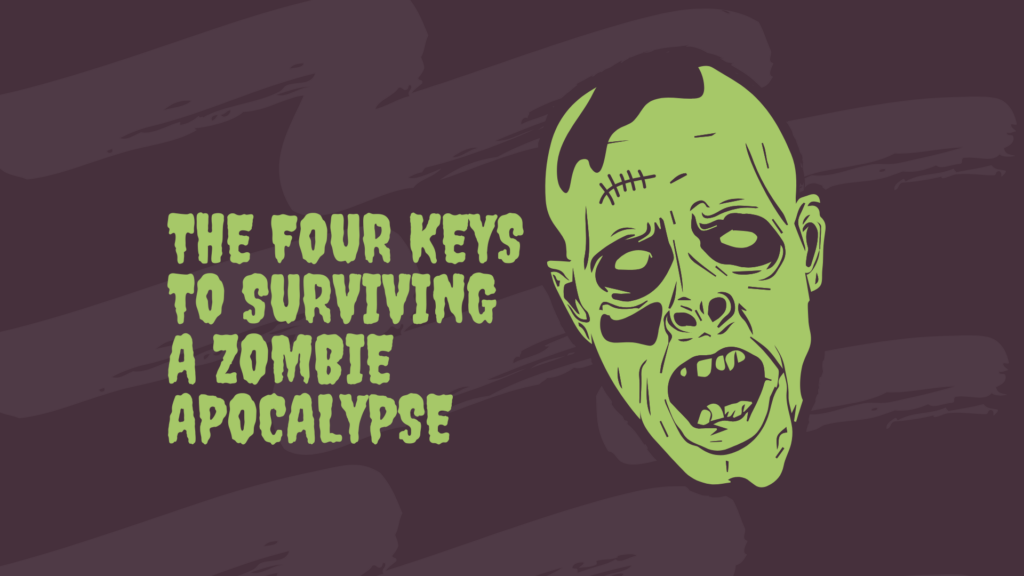Empower Student Leaders: A Student Activity

Education is not the filling of a pail, but the lighting of a fire.
– W.B. Yeats

INTRO
Are you, as students, empowered to change your school for the better?
Are you, as students, encouraged to advocate for what you need when you need it?
This student activity will help you make progress toward your students answering “yes” to these essential questions.
This activity will be conducted with your students to allow them an opportunity to think about how they feel empowered at school, and what things (if any), prevent them from becoming leaders.
OBJECTIVES
- Brainstorm ideas to introduce your vision for student readiness to your school community that is aligned with students feeling empowered
RESOURCE LINKS
- COMING SOON
The below activity is designed for students.
Gather a group of 15 to 20 students that represent the demographics of your school. Make sure to include students who might not typically be the ones who readily volunteer their opinions.
Using a shared Google doc or sticky notes, have students respond with ideas to the following questions:
1. What do students at this school feel empowered to do as leaders?
2. What are the things that stop you from feeling empowered as leaders here?
Using a shared Google doc or sticky notes, have your student group envision one year into the future and respond with ideas to the following:
1. What would students, staff, and families see and feel that would be different from today?
2. What would students be doing differently in one year if this happened?
Use these student ideas to think about ways to introduce your vision for student readiness to your school community.






Responses